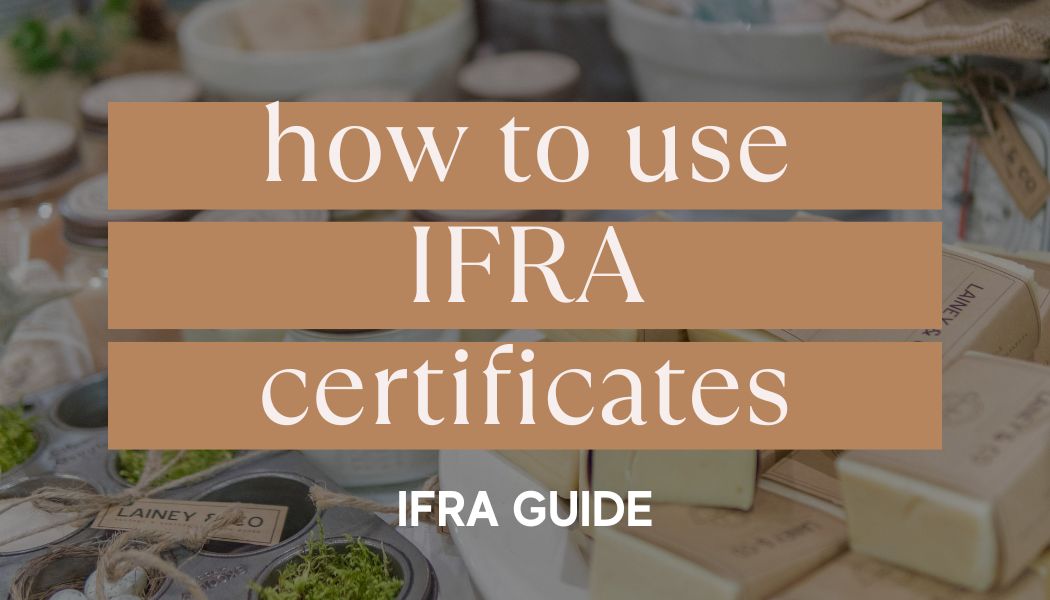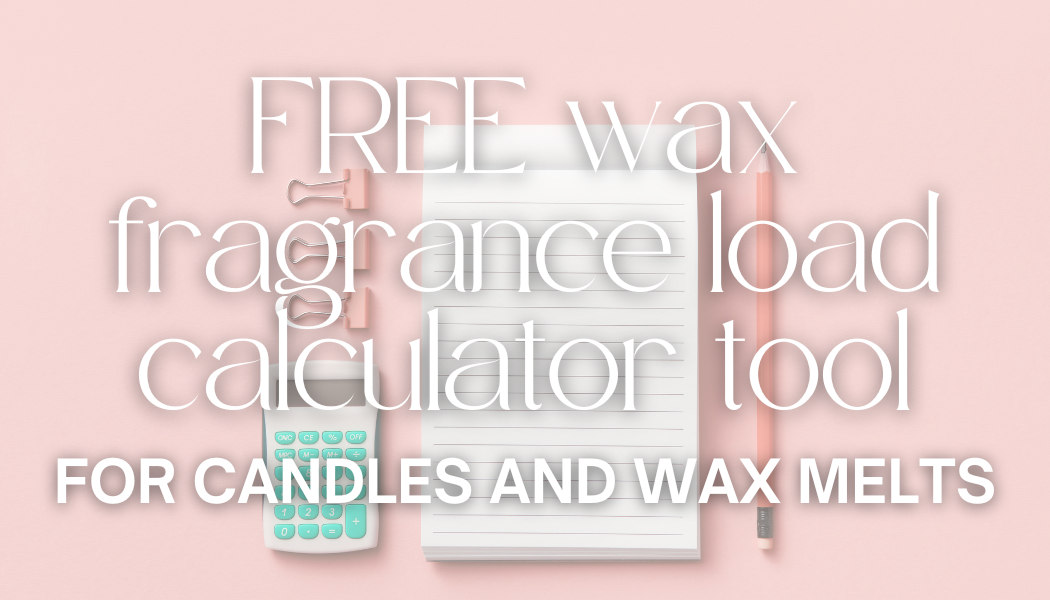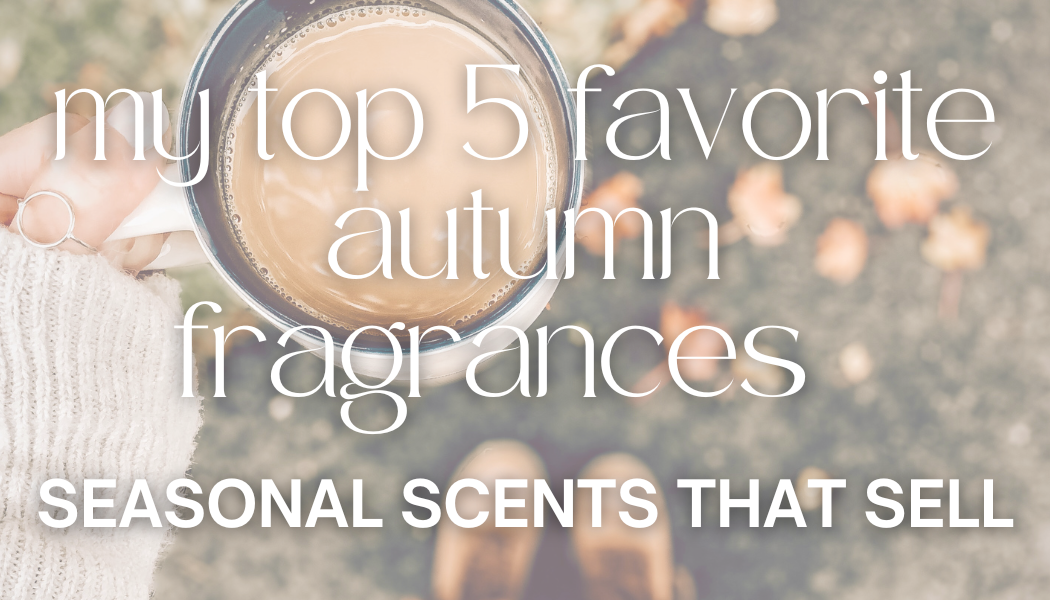How to Use IFRA Certificates to Keep Your Products Safe

At MWFC, we talk a lot about how fragrance is an art, but here's the thing—it’s also a science. And part of that science involves something called the IFRA certificate. Now, if the term “IFRA certificate” sounds a little intimidating, don’t sweat it. I’m here to break it down in plain English so it actually makes sense and feels relevant to your work.
What Exactly is an IFRA Certificate?
Think of the IFRA (International Fragrance Association) certificate as a fragrance safety report card. It’s a document that lays out how much of a specific fragrance is safe to use in different types of products—whether it’s candles, lotions, soaps, or something else entirely. This certificate is a tool that helps us ensure that our products are not only beautiful but also safe.
Why does this matter? Well, fragrances are made up of all sorts of ingredients, and the way they interact with different products can vary. But this doesn’t mean these ingredients are harmful—far from it. It’s like coffee: if you spill it on your shirt, no big deal, but if it gets in your eye? Not so pleasant! IFRA standards help us make sure that our fragrances work as intended without causing any irritation or risk to your skin or health. And that’s something we care deeply about—for you and for your customers.
Why Are IFRA Standards So Important?
The IFRA guidelines are based on ongoing research. Every few years, IFRA releases updates to reflect the latest scientific knowledge about fragrance ingredients. This means the fragrance oils we use today are as safe as possible for their intended uses. By following IFRA standards, we’re making sure that every product we create isn’t just enjoyable—it’s also safe.
Here’s the real takeaway: IFRA gives us, as makers, the knowledge we need to craft high-quality, safe products. And trust me, we’d never cut corners on safety because your trust (and your health!) is always top of mind.
How Do I Read an IFRA Certificate?
When you look at an IFRA certificate, you’ll notice it includes a table that breaks down what’s safe to use for different product categories. For example, candles and soaps fall into different categories because they’re used in different ways. Each category has a specific percentage that tells you the maximum amount of fragrance you can safely use in that product, not the ideal amount. To determine ideal amounts of fragrance to use, you'll need to perform your own testing that stays below the maximum IFRA %! Want to dive deeper into learning exactly what each category covers? We’ve got a breakdown for you here, so you can ensure your formulations stay on point!

Example of an IFRA Statement from MWFC!
Where do I go to Find IFRA Statements for MWFC Fragrances?
You can find the IFRA Statement for any fragrance on that fragrance's website listing or you can find our master list of ALL IFRA's here.
How to Use the IFRA Certificate in Your Own Recipes
Let’s get practical. Let’s say we’re making a batch of cold process soap using our popular fragrance, Iced Vanilla Woods (type). We know from the IFRA certificate that cold process soap falls into Category 9. For this fragrance, the IFRA certificate tells us we can use up to 11.75% fragrance load.
So, let’s do the math:
Let’s say we’re making a batch of soap that weighs 1000 grams (this includes your oils, lye, and water).
To find the maximum fragrance load, you’ll multiply the total weight by the percentage:
1000 grams × 11.75% = 117.5 grams of fragrance
That means you could add up to 117.5 grams of fragrance oil to this batch. But remember, this isn’t the “ideal” amount—it’s the maximum limit. Most products will perform best with less fragrance than the max allowed, so use this as a guideline, not a target.
Most cold process soaps perform best with a fragrance load between 3% and 6%. So, for our example, you might want to start by testing with 50 grams of fragrance (that’s a 5% load) and see how it behaves. Keep in mind that sometimes less is more when it comes to fragrance. Test small batches to find your sweet spot!
What Happens When IFRA Updates Their Standards?
IFRA’s guidelines evolve over time to reflect new research. For example, their recent 49th Amendment introduced changes that directly impacted soap and candle makers. This means we sometimes need to adjust our formulas based on the latest safety recommendations. But don’t worry—these changes don’t happen overnight. You’ll always have time to tweak your recipes, and we stay up to date with every IFRA update to keep you in the loop.
What’s Next?
Whether you’re just starting out or have been making products for years, understanding IFRA certificates is key to crafting safe, high-quality products. Whether it’s a batch of candles for your shop or a custom soap for your home, keeping safety at the forefront ensures that your customers enjoy your creations without any side effects.
And trust me, once you’ve gone through a couple of IFRA certificates, you’ll feel so much more confident. Safe, beautiful products? Yes, please. Now, get out there and keep creating!
Stay creative, stay safe, and happy making!




Comments
Barb zummach —
I found these articles to be very helpful.Thank you guys for everything that you do.